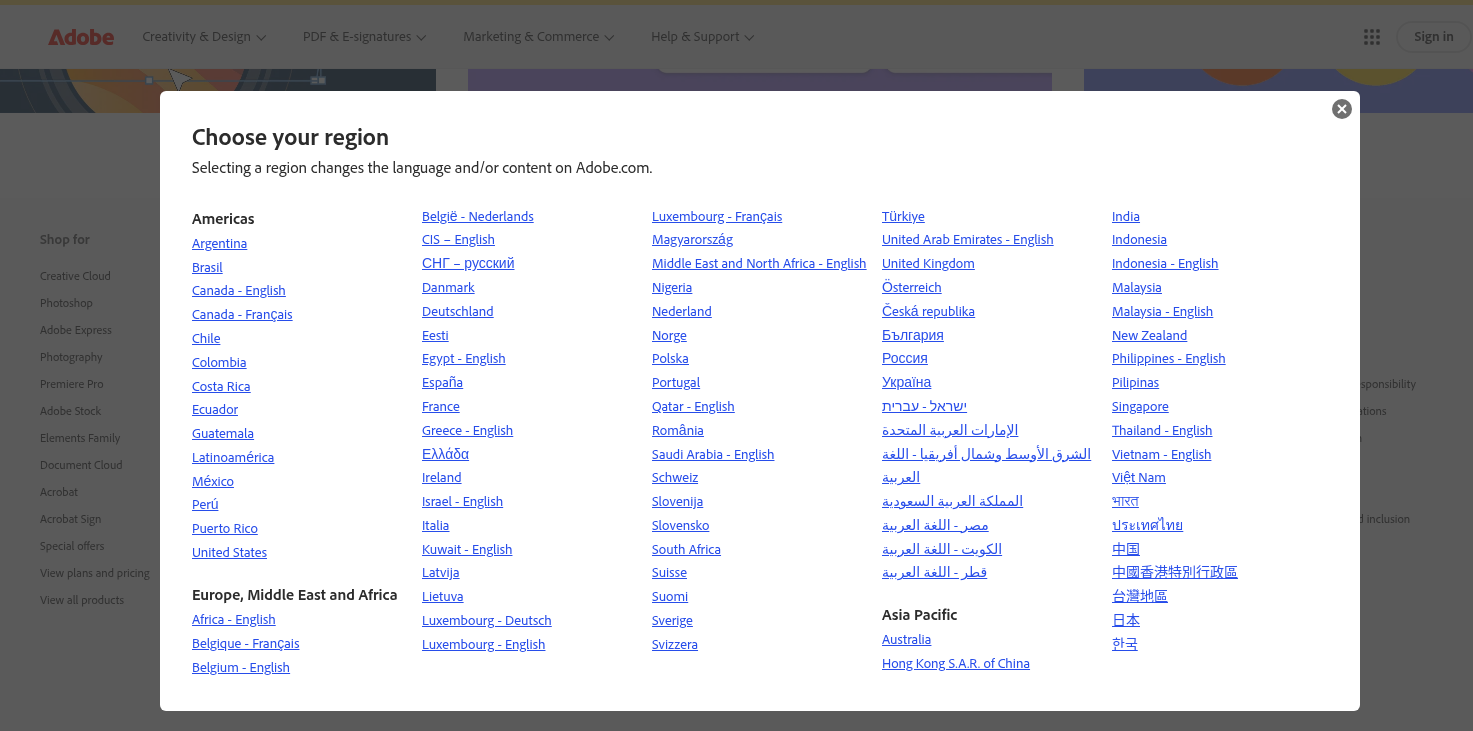Expanding your website to reach a global audience is not just about translating words; it's about making sure your content connects with people in every market. That’s where SEO translation and SEO localization come in.
At first glance, they may seem similar, but they serve very different purposes.
So, how do you decide which approach is right for your business? Let’s explore the key differences and determine which can best support your international SEO strategy.
What is SEO Translation?
SEO translation is the process of converting website content from one language to another while maintaining the original keywords and SEO elements to effectively reach global audiences. This process involves translating tags, meta descriptions, and other on-page elements. Additionally, it may also include translating pay-per-click (PPC) ads, such as those on Google and Facebook.
The primary goal is to preserve the original message and optimize it for search engines in the target language.
This approach is cost-effective and suitable for technical or informational content where cultural nuances are less critical. However, due to limited cultural adaptation, it may not fully resonate with local audiences.
What is SEO Localization?
SEO localization goes beyond direct translation by adapting content to align with the target audience's cultural, language, and behavioral preferences. This process includes modifying idioms, cultural references, and local expressions and optimizing keywords based on local search intent and behavior.
While resource-intensive, SEO localization can significantly enhance user engagement and conversion rates by providing a more personalized experience.
When to Choose SEO Translation?
SEO translation is ideal when you want your content to be clear and accessible across different languages without focusing much on cultural differences.
This approach is especially beneficial when dealing with factual information or when you have a limited budget.
It works well for websites or blogs that share universal information. For example, Adobe translates its product guides and help documents so users around the world can understand how to use their software, regardless of location.

When to Choose SEO Localization?
SEO localization is the right choice when your content needs to deeply connect with your audience by reflecting their culture, preferences, and values.
The SEO expert makes sure the content works well for the local audience. That means,
- Using keywords people actually search for in that country
- Matching the content with what local users are really looking for
- Optimizing things like headings, URLs, and meta descriptions with local keywords
- Using the right tone and style for the culture
- Following local content guidelines
- Setting up SEO properly for a multilingual website
It's essential in competitive markets, such as e-commerce platforms and customer-focused businesses, where standing out is crucial.
For example, IKEA localizes its website and product catalogs for different countries by adapting product names, descriptions, and measurements (like switching between inches and centimeters). This tailored approach helps improve the customer experience and drives higher engagement.
Industries like fashion, lifestyle, entertainment, and hospitality benefit greatly from SEO localization because they thrive on cultural relevance and audience connection.
Key Differences Between SEO Translation and SEO Localization
| Aspect | SEO Translation | SEO Localization |
| Focus | Language accuracy and keyword preservation | Cultural adaptation and local relevance |
| Keyword Strategy | Direct translation of existing keywords | Research and use of locally relevant keywords |
| Content Adaptation | Minimal; maintains original structure | Extensive; adapts content to fit local cultural context |
| User Engagement | May not fully engage local audiences | Higher engagement through culturally resonant content |
| Implementation | Faster and more cost-effective | Requires more time and resources |
Benefits of SEO Localization
1. Reach and connect with local audiences better
Localized content is written with local culture, language, and search habits in mind. When people feel like you understand them, they’re more likely to trust your brand and buy from you.
2. Improve user experience
When visitors land on a website in their language, they’re more likely to stay longer and explore. SEO localization lowers bounce rates and increases the chances they’ll become customers.
3. Rank higher in local search results
Just translating your content isn’t enough. The words people search for in one country may be totally different from those in another. Localization helps you target the right keywords that locals actually use, boosting your visibility and search rankings.
4. Save money compared to paid ads
While ads can cost a lot, SEO mainly requires time and planning. Once your site is optimized, it keeps working for you without ongoing costs. It’s a long-term, cost-effective strategy for growth.
5. Better Backlink Opportunities
When your content is localized, local websites are more likely to link to it. These links help build your site’s credibility and improve your rankings in search results.
Tools for SEO Translation and Localization
Translation tools like Google Translate and DeepL quickly convert content from one language to another. However, human involvement is necessary for editing, writing, and reviewing it.

For localization use tools such as Google Keyword Planner, Semrush, and Ahrefs to get the appropriate keywords for every location. For example, keywords that work for a U.S. online store may not work for one in Germany.
It's also essential to work with native speakers or local marketers. They understand the culture, language style, and what local customers are looking for—things that tools alone can’t fully capture.
Not every part of your website needs to be localized. For example, official or structural sections like your terms of use, privacy policy, or buttons can simply be translated.
However, localization is better and essential for key content, like product pages, service descriptions, or blog posts. It helps your brand reflect local values, engage users, and build trust. By blending both approaches, you can boost your visibility in search results and create a better experience for your global audience.



